
What Your Nails Reveal About Your Health: Hidden Signs You Shouldn’t Ignore
Your nails do far more than complete a polished appearance—they can act as small but powerful indicators of your overall health. Changes in nail color, texture, or shape often reflect what’s happening inside your body, sometimes long before obvious symptoms arise. According to Dr. Sara Norris, a naturopathic doctor based in Los Angeles, nail health is closely tied to digestion, nutrient absorption, circulation, and general internal balance.
Because nails grow slowly and steadily, abnormalities can reveal patterns or events your body has experienced over weeks or months. By paying attention to even subtle variations, you may spot nutritional deficiencies, inflammatory issues, or systemic illnesses early on.
Below are some of the most common nail changes—and what each might be trying to tell you.
Beau’s Lines: A Warning Sign of Stress or Illness

Beau’s lines appear as deep horizontal grooves that stretch across the nails, indicating a temporary interruption in nail growth.
Dr. Bhavini Shah from Lloyds Pharmacy Online Doctor notes that these lines often follow significant physical or emotional events, such as:
-
Severe illness
-
COVID-19
-
High fevers
-
Chemotherapy
-
Major emotional or physical stress
In more extreme cases, nail growth can halt entirely, leading to a condition known as onychomadesis, where the nail may partially or fully shed.
A single occurrence is usually harmless, often tied to a short illness. However, repeated or persistent Beau’s lines may reveal how your body is responding to chronic stress or underlying medical concerns. If these grooves keep returning, consult your healthcare provider for further evaluation.
Clubbing: Frequently Linked to Heart or Lung Disease

Clubbing is marked by enlarged fingertips and nails that curve downward, creating a rounded bulb-like appearance. This slow-developing change is often connected to reduced oxygen in the bloodstream and may signal:
-
Heart disease
-
Lung disease
-
Chronic low oxygen levels
Additional symptoms to watch for may include unexplained fatigue, persistent coughing, shortness of breath, or swelling in the legs and ankles.
Although some people naturally have slightly curved nails, new or rapidly progressing clubbing deserves prompt medical evaluation. Early detection plays a crucial role in managing serious cardiac or respiratory conditions.
Spoon-Shaped Nails: A Classic Sign of Iron Deficiency

Spoon-shaped nails, or koilonychia, curve upward like a shallow dip or spoon. This distinctive shape is often associated with:
-
Iron-deficiency anemia
-
Poor nutrition
-
Digestive disorders
-
Celiac disease
-
Post-pregnancy changes
You may also notice accompanying symptoms such as:
-
Pale or pasty skin
-
Headaches
-
Persistent fatigue
-
Shortness of breath
A simple blood test can confirm anemia, and treatment typically involves iron supplementation and increasing iron-rich foods like leafy greens, red meat, lentils, and fortified cereals. In some cases, improving nutrient absorption is just as important as boosting intake.
Nail Pitting: Often Connected to Skin Disorders
Small dents or pits on the nail surface can indicate underlying inflammatory conditions. Nail pitting is especially common in:
-
Psoriasis
-
Eczema
-
Alopecia areata
These conditions are often accompanied by other noticeable symptoms:
-
Psoriasis: dry, scaly plaques on the skin
-
Eczema: redness, itchiness, cracked or inflamed skin
-
Alopecia areata: round patches of hair loss
While mild pitting may be only cosmetic, more pronounced cases may benefit from treatments such as topical corticosteroids, vitamin D3 creams, or other dermatologic therapies. A dermatologist can help pinpoint the cause and suggest appropriate treatments.
Dark Vertical Streaks: A Potential Early Sign of Melanoma
For illustrative purposes only
One of the most serious nail abnormalities to monitor is a dark vertical streak running from the base to the tip of the nail. Although this can sometimes be harmless—especially in people with darker skin tones—it may also indicate subungual melanoma, a rare but aggressive form of skin cancer.
Seek immediate medical attention if you notice:
-
A new dark stripe
-
A stripe that widens or changes over time
-
Pigment that spreads to the skin around the nail
With melanoma, early evaluation and diagnosis are critical, as delays can significantly affect outcomes.
Terry’s Nails: Possible Indicator of Liver or Heart Disorders
Terry’s nails are characterized by a chalky-white appearance over most of the nail bed, leaving only a narrow reddish or pink band at the tip. This nail pattern may be associated with:
-
Liver disease
-
Diabetes
-
Congestive heart failure
Other symptoms of liver issues may include jaundice, fatigue, fluid retention, or loss of appetite. If you notice these nail changes combined with other systemic symptoms, scheduling a medical evaluation is essential.
Yellow Nails: More Than a Cosmetic Concern
Yellow nails are commonly linked to fungal infections, but they may also indicate deeper systemic issues such as:
-
Thyroid disease
-
Diabetes
-
Psoriasis
-
Lung disease
Fungal infections often lead to thick, brittle, or crumbling nails. However, if your nails turn yellow without any signs of infection, it may be a sign of inflammation, impaired circulation, or metabolic conditions. Identifying the root cause is key to successful treatment.
Take Action: Don’t Ignore What Your Nails Are Telling You
Not every nail change signals a serious health concern, but your nails can provide surprisingly valuable clues about what’s happening inside your body. Monitoring them regularly can help you spot imbalances early—sometimes long before you experience noticeable symptoms.
You should seek medical guidance if you notice:
-
Persistent discoloration
-
Marked changes in nail shape
-
Pain, swelling, or inflammation
-
New streaks or lines that do not grow out normally
Remember: your body often offers subtle warnings before major issues develop. Paying attention to your nails is one simple yet effective way to stay proactive about your health.
Disclaimer: This content is for informational purposes only and is not a substitute for professional medical advice. Always consult your healthcare provider regarding any health concerns or unusual changes you observe.
News in the same category


People whose mouths feel dry when sleeping at night need to know these 8 reasons
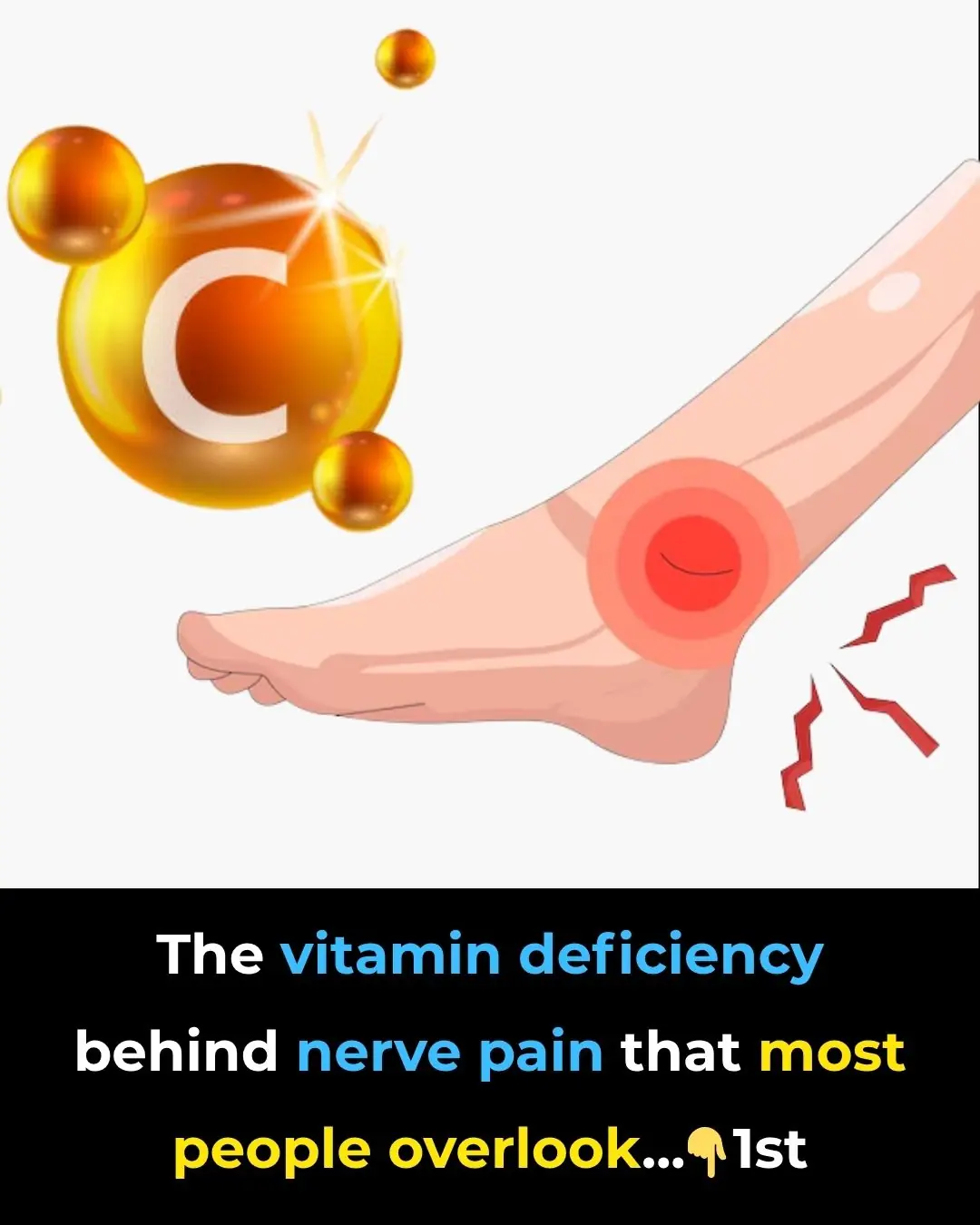
Nerve Pain Relief? The Vitamin Deficiency You Never Suspected!
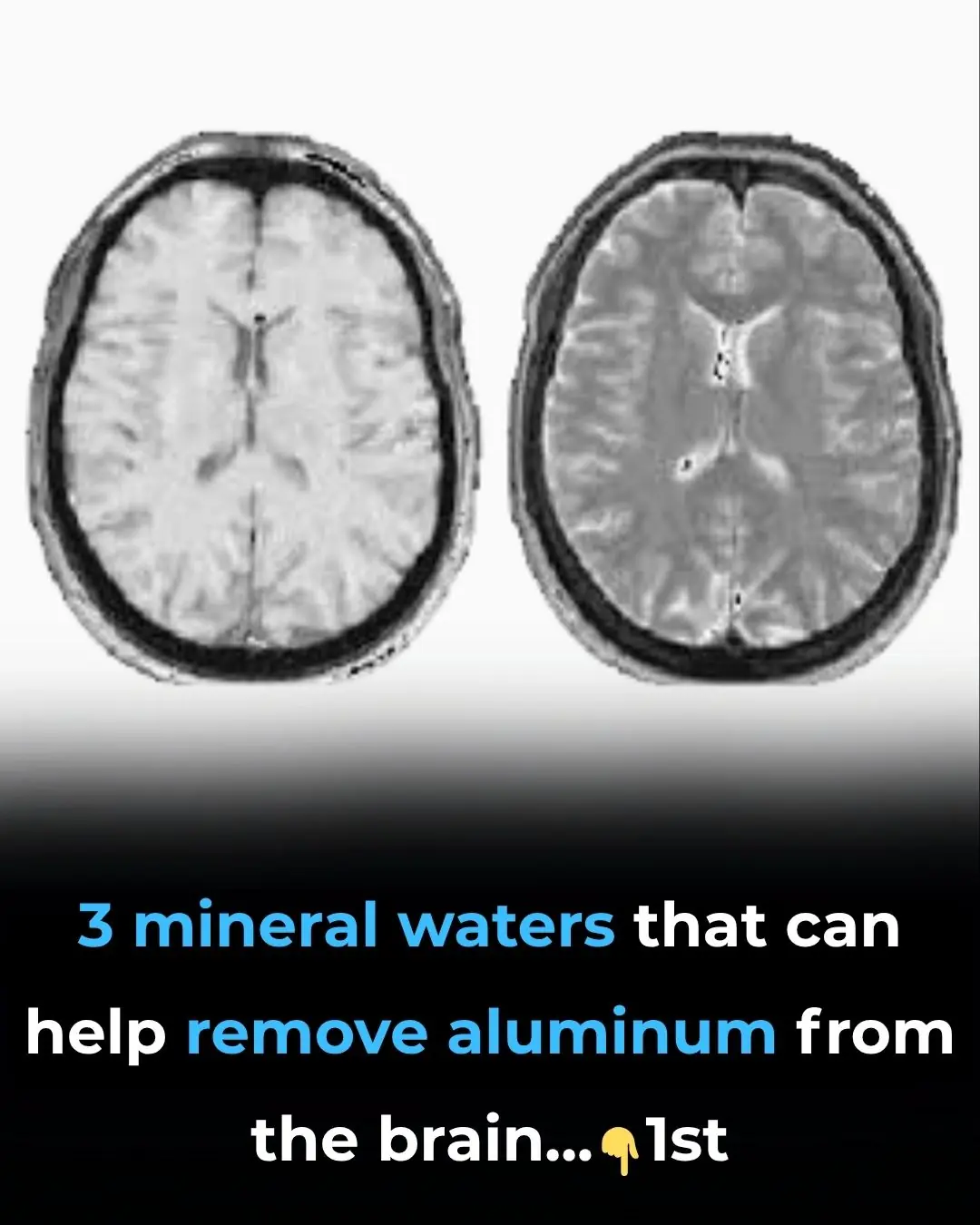
3 Mineral Waters That Can Help Remove Aluminum From The Brain
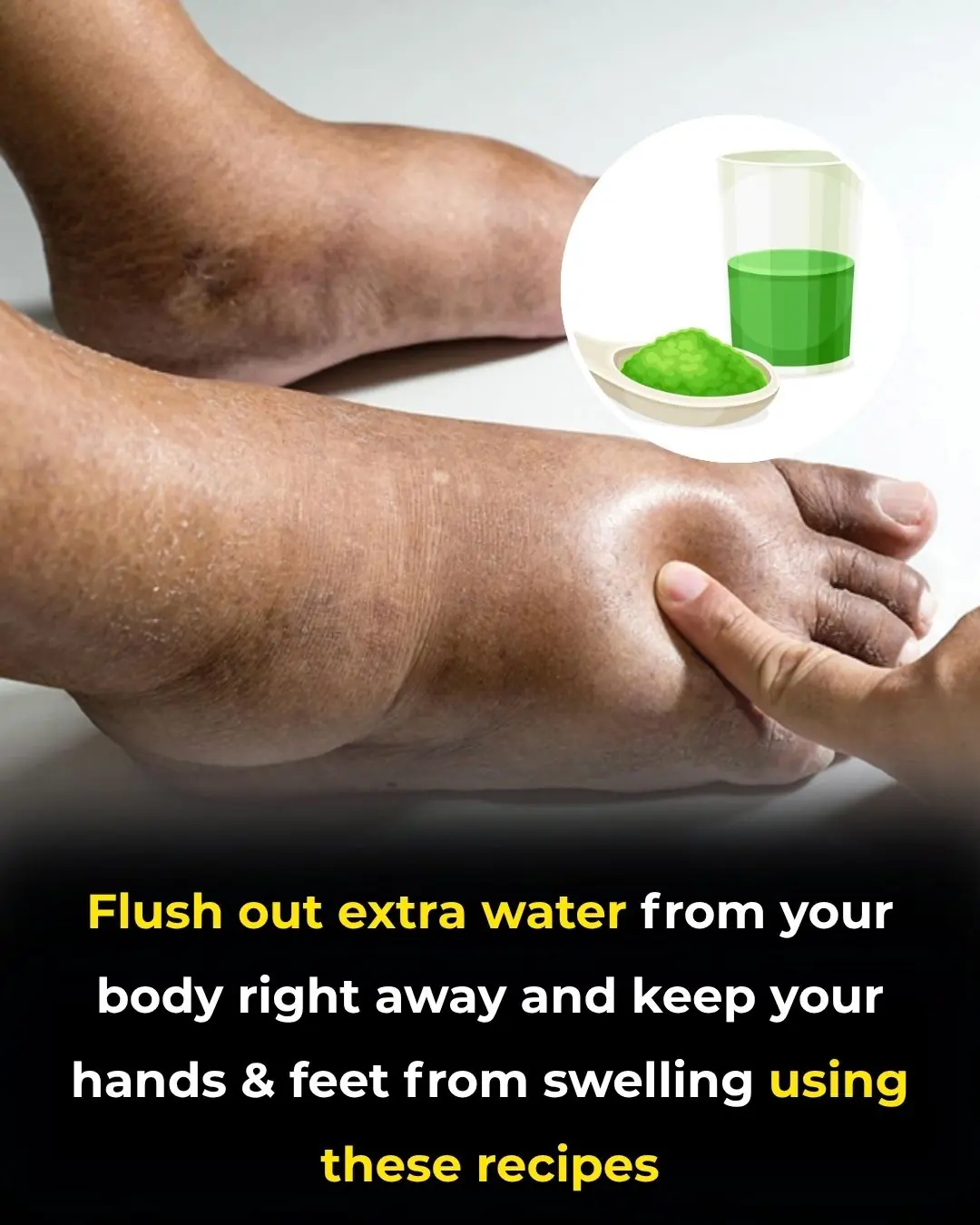
Say Goodbye to Swelling: Natural Ways to Beat Water Retention Fast!
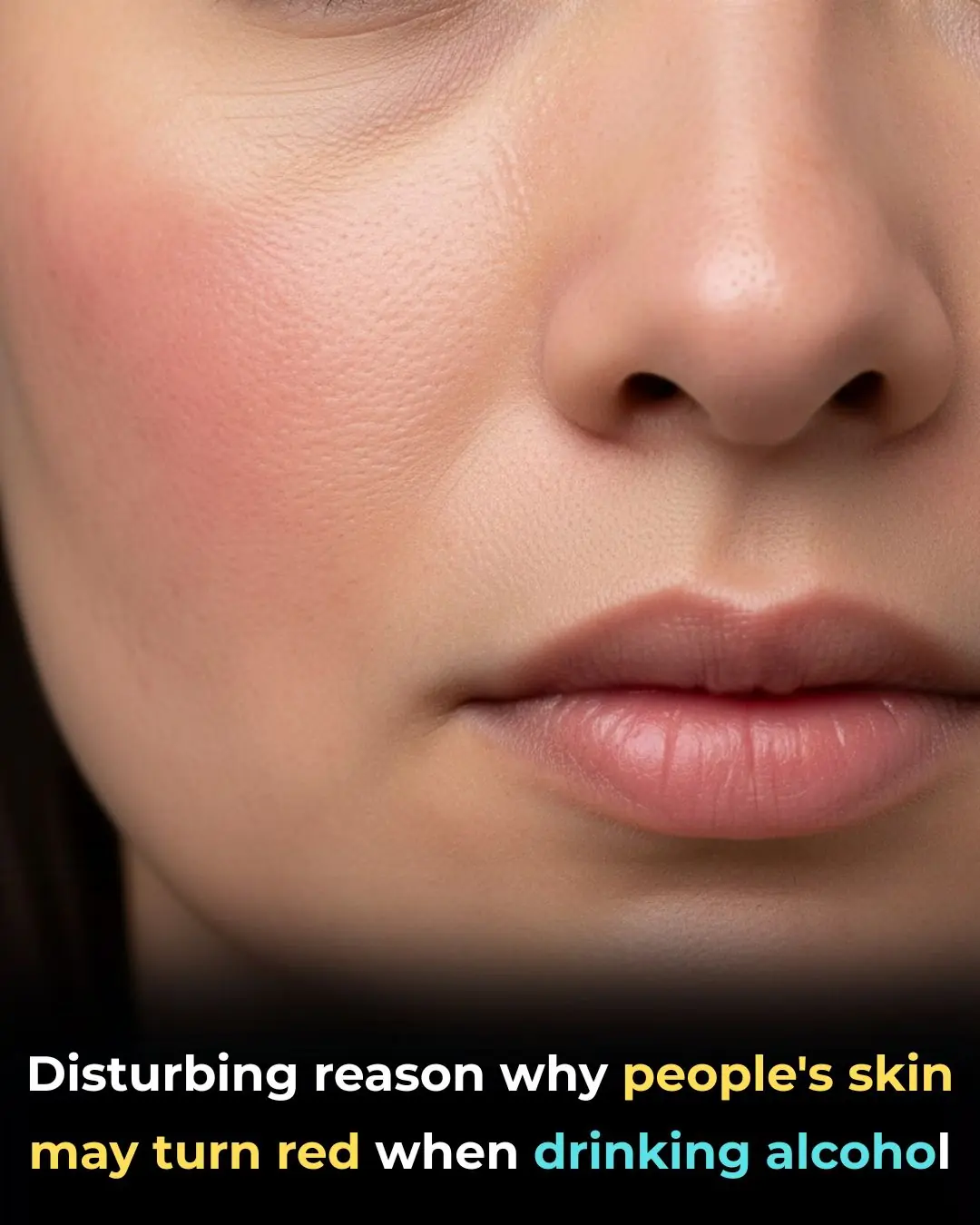
Why Some People’s Skin Turns Red When Drinking Alcohol

The #1 reason to drink lemon water daily (and the mistakes that ruin it)

Maintain Your Thyroid in Top Condition with This Juice

Eggs in Pregnancy: How They Can Supercharge Your Baby’s Brain Development

Scientists Achieve Breakthrough in Reversing Human Skin Cell Aging by 30 Years: A New Era for Anti-Aging and Regenerative Medicine

Eating Eggs Weekly May Reduce Alzheimer’s Risk by 47%: What New Research Reveals
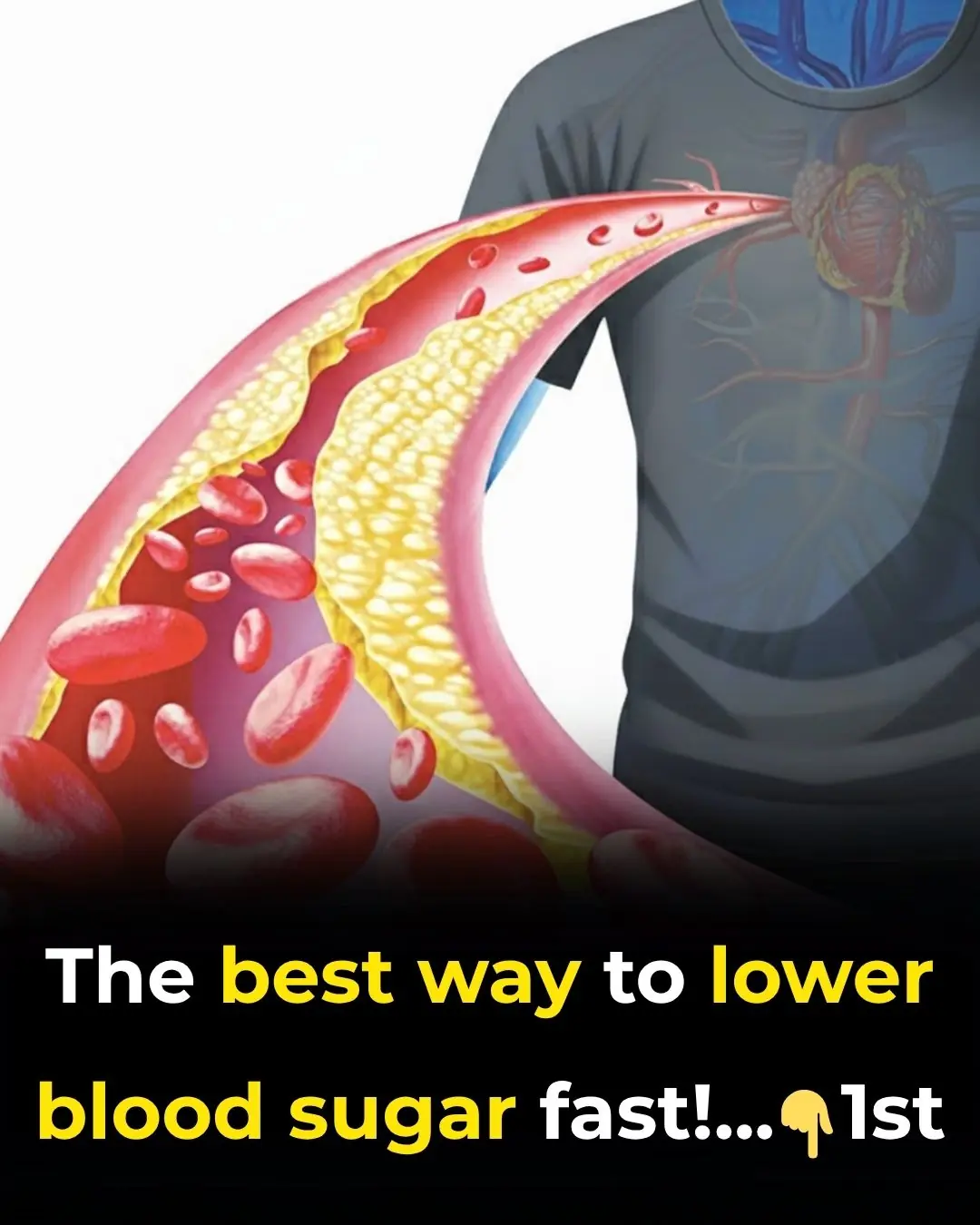
The best way to lower blood sugar fast!
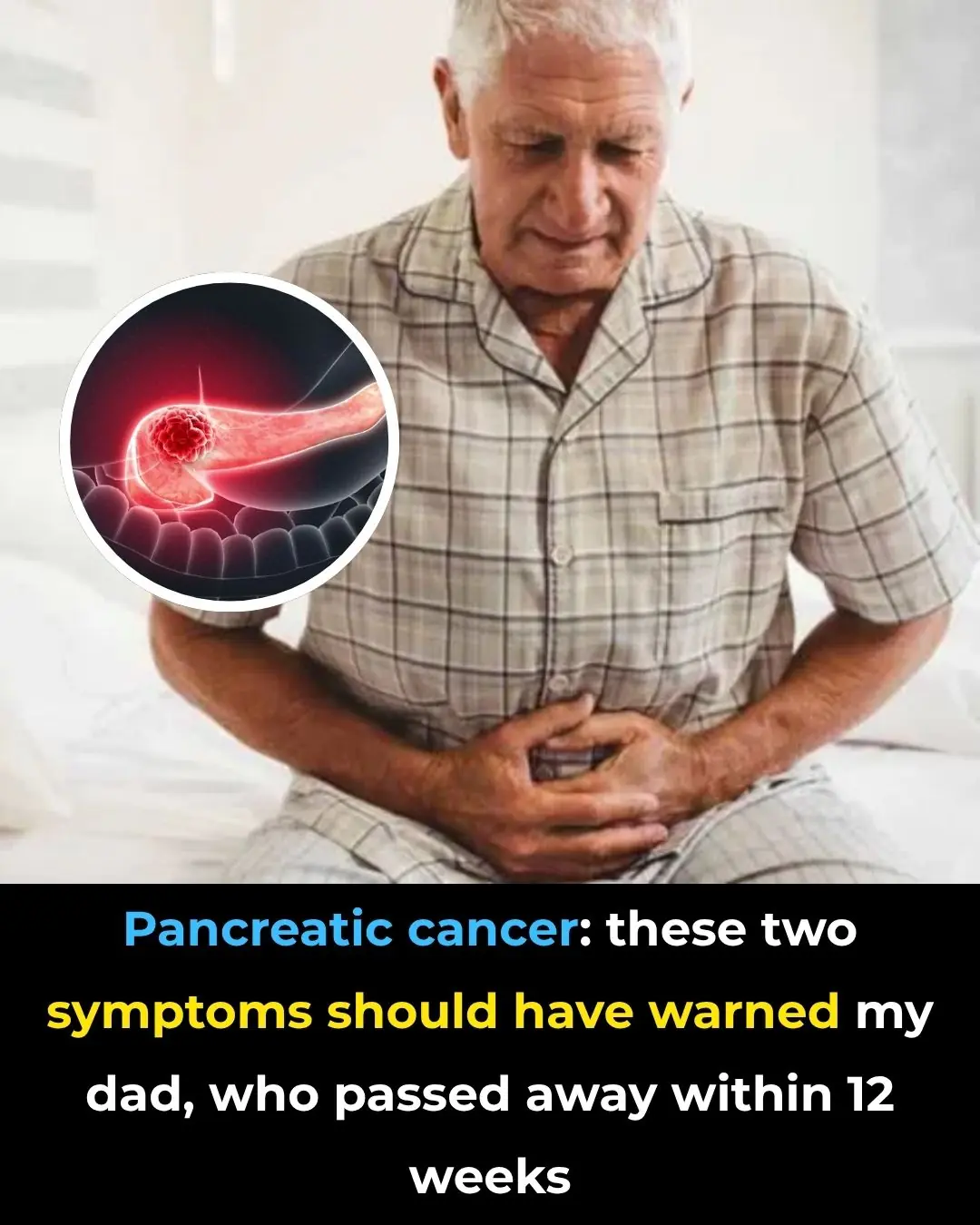
Signs of pancreatic cancer you should never ignore

Top 3 Foods to Prevent Leg Cramps in Seniors: Strengthen Your Legs Naturally!

5 Herbs Your Liver Wished You’d Start Eating More Often (Or At Least Try!)
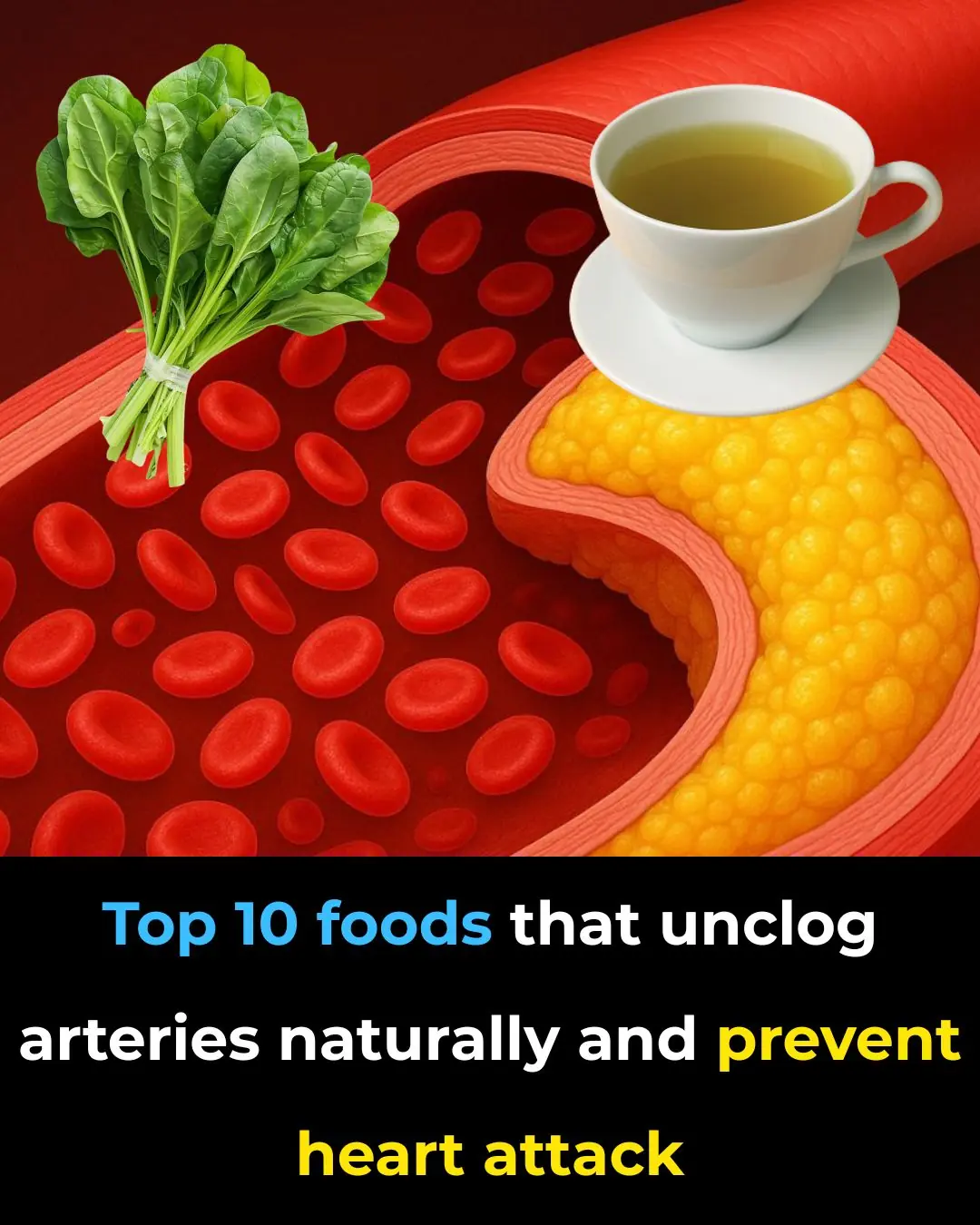
Top 10 foods that unclog arteries naturally and prevent heart attack
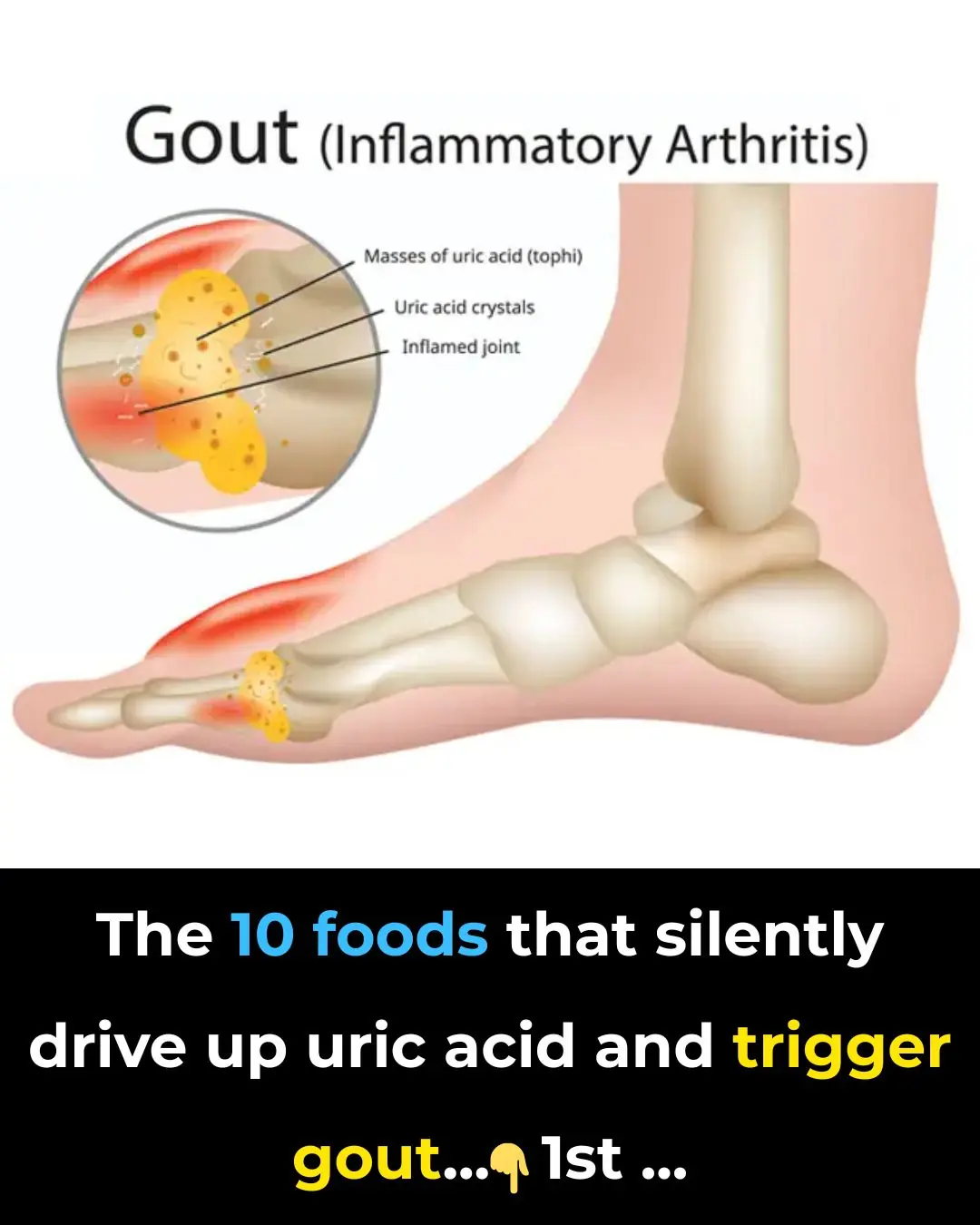
Top 10 Uric Acid Foods To Avoid If You Have Gout

The natural ingredient that helps you sleep through the night and boosts fat burning
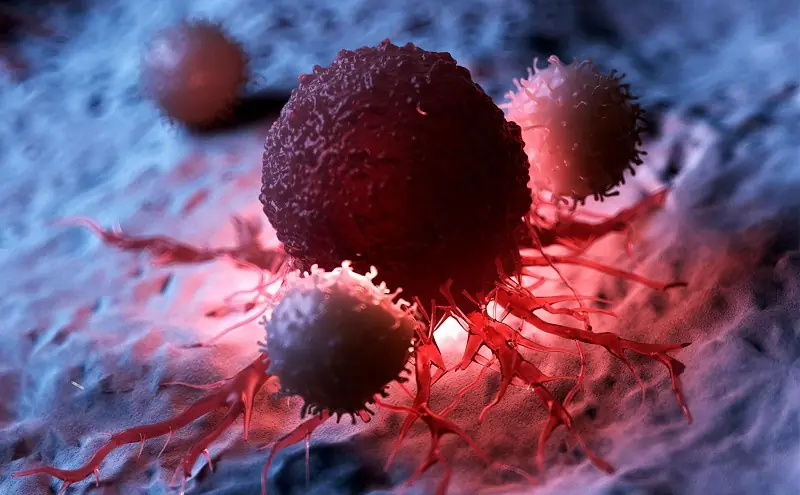
Cancer Dies When You Start Eating These 8 Foods. Time To Start Eating Them
News Post

The Real Power of Dandelion Is in the Root
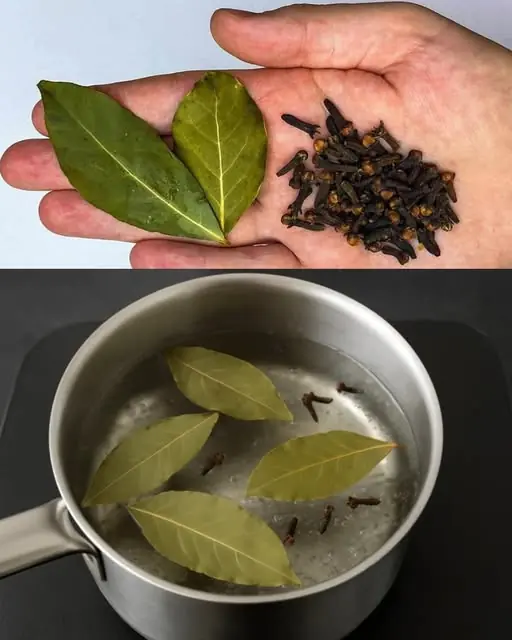
The Surprising Benefits of Boiled Bay Leaves and Cloves: A Natural Elixir for Wellness

Preventing Stroke At Any Age: 3 “Don’ts” After Meals—And 4 “Don’ts” Before Bed

People whose mouths feel dry when sleeping at night need to know these 8 reasons

Ariana Grande gives shocking update on music career after ‘Wicked: For Good’

Controversial I'm A Celeb star Ruby Wax's changing face

MAFS UK's Abi issues emotional relationship status update
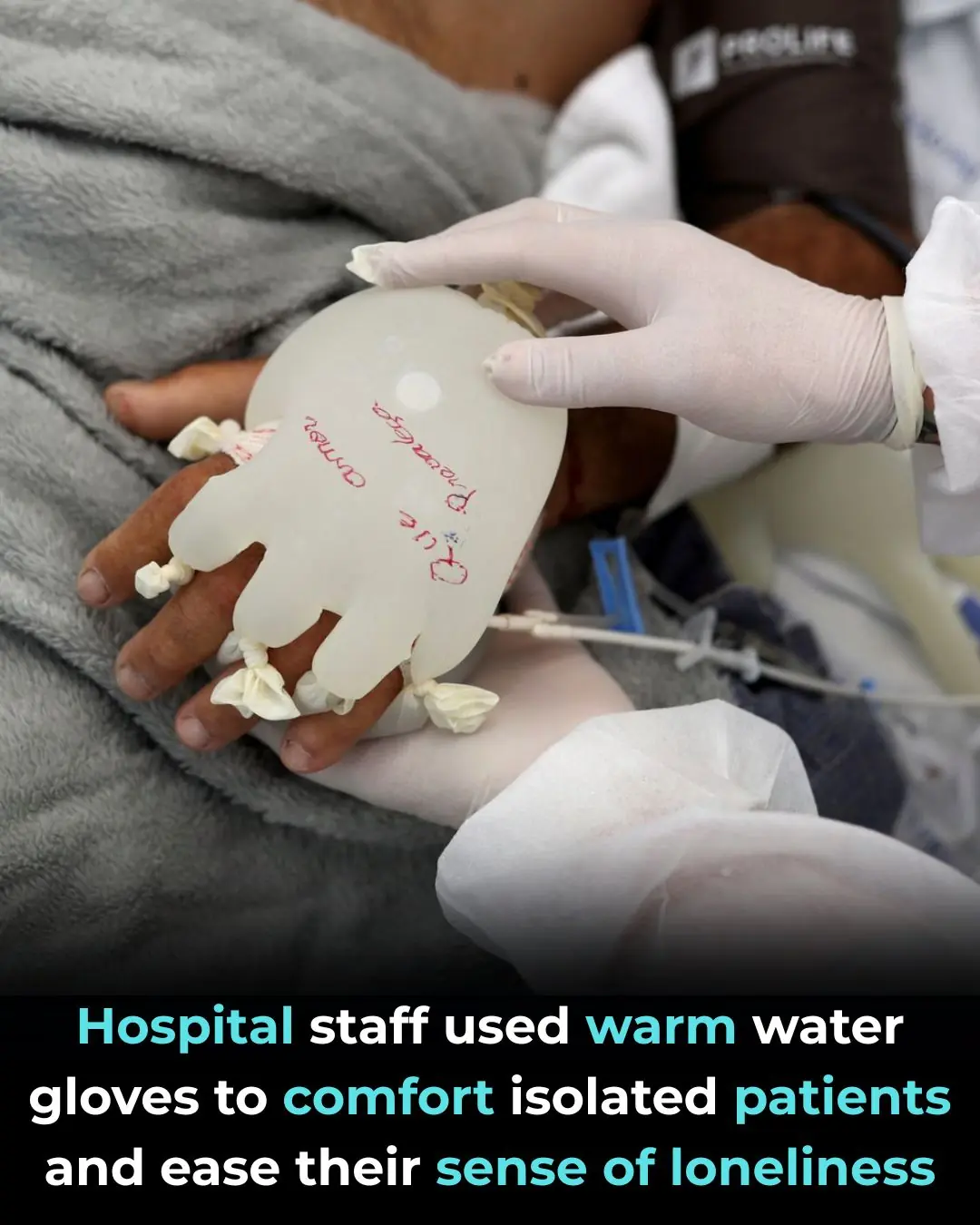
The “Hand of God” Technique: How a Simple Gesture Brought Humanity Back Into Isolated Hospital Rooms

Ant McPartlin's tattoos explained – from meaningful inking to poignant tribute
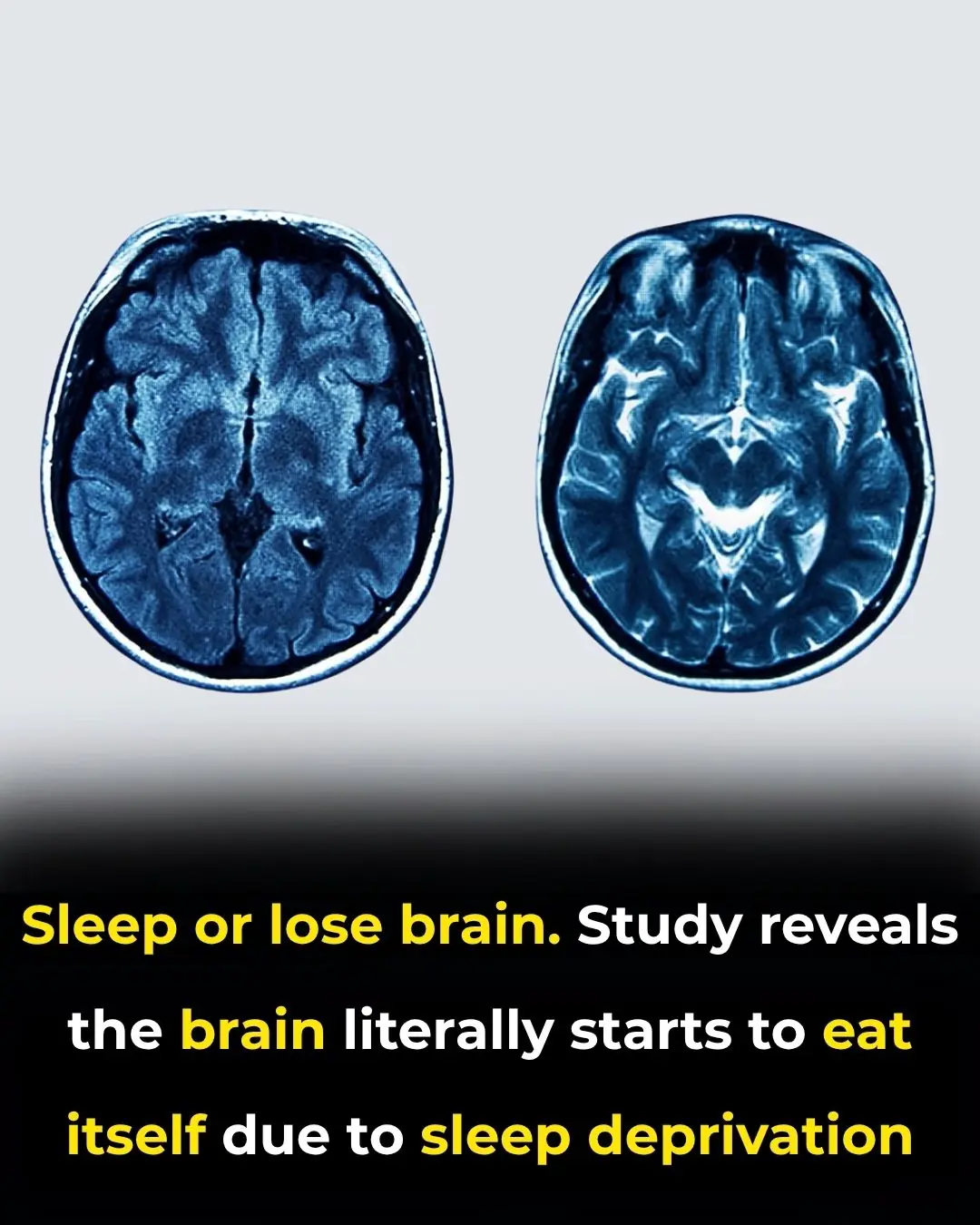
When the Brain Begins to Consume Itself: The Hidden Costs of Chronic Sleep Loss
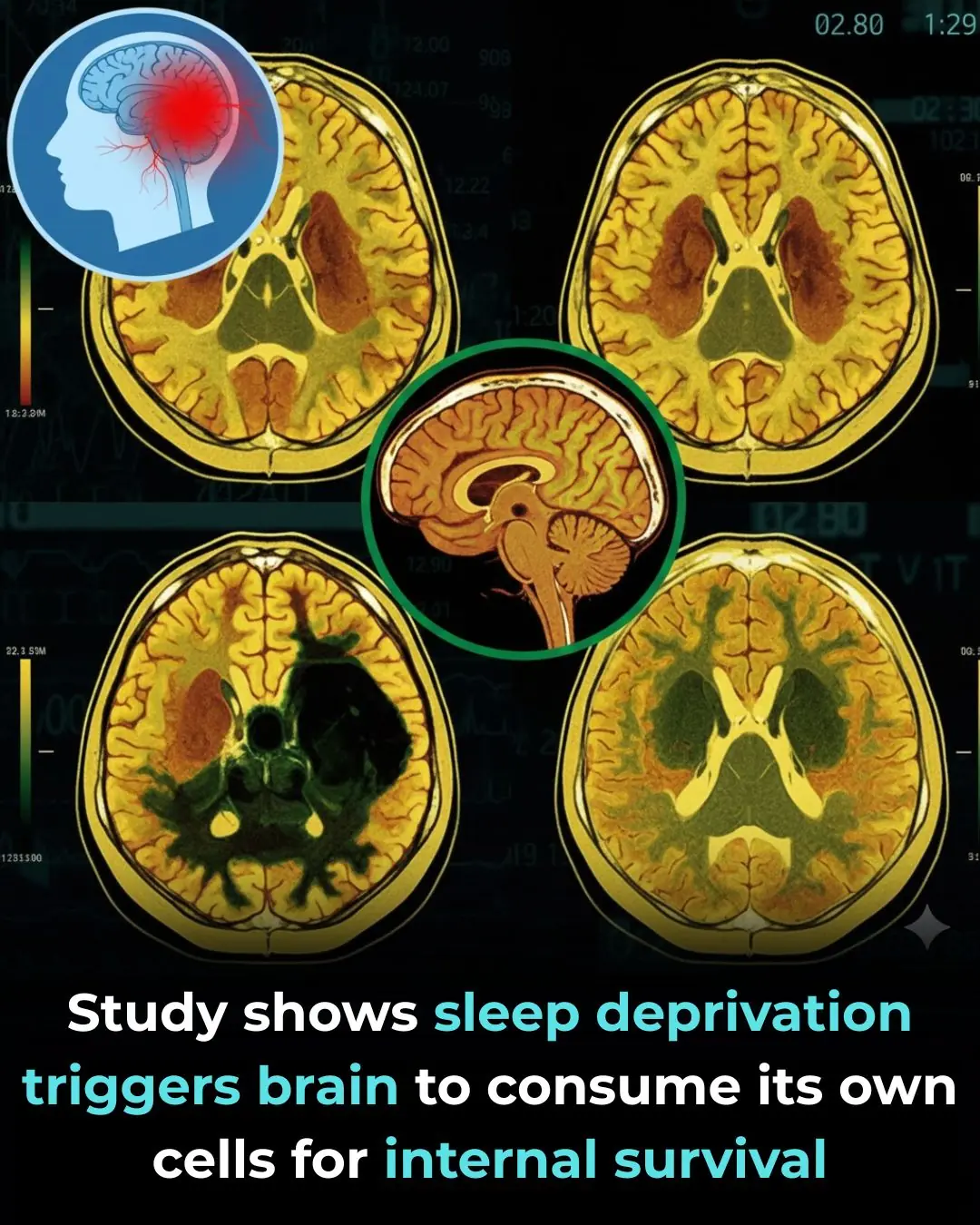
When the Brain Eats Itself: The Hidden Damage Caused by Lack of Sleep

From Self-Marriage to Self-Divorce: Suellen Carey’s Viral Journey of Self-Love

Kerry Katona undergoes corrective boob surgery as she gushes over beau Paolo's support

How Rose Essential Oil May Reshape the Brain: A Deep Dive Into a Surprising New Study

Celebrity MasterChef’s Gaz Choudhry fails to impress Grace Dent and John Torode and is sent home

DANIEL RADCLIFFE SENDS LETTER TO NEXT HARRY POTTER AND RECEIVES AN INCREDIBLY HEARTWARMING REPLY

The Hidden Years of Postpartum Recovery: How Motherhood Reshapes the Brain

I’m A Celebrity 2025: What the meaning is behing Shona McGarty’s piercings and tattoos

HOW CANCER CAN CAUSE DYSLEXIA AS MARTIN KEMP OPENS UP ABOUT EXPERIENCE ON I'M A CELEB
